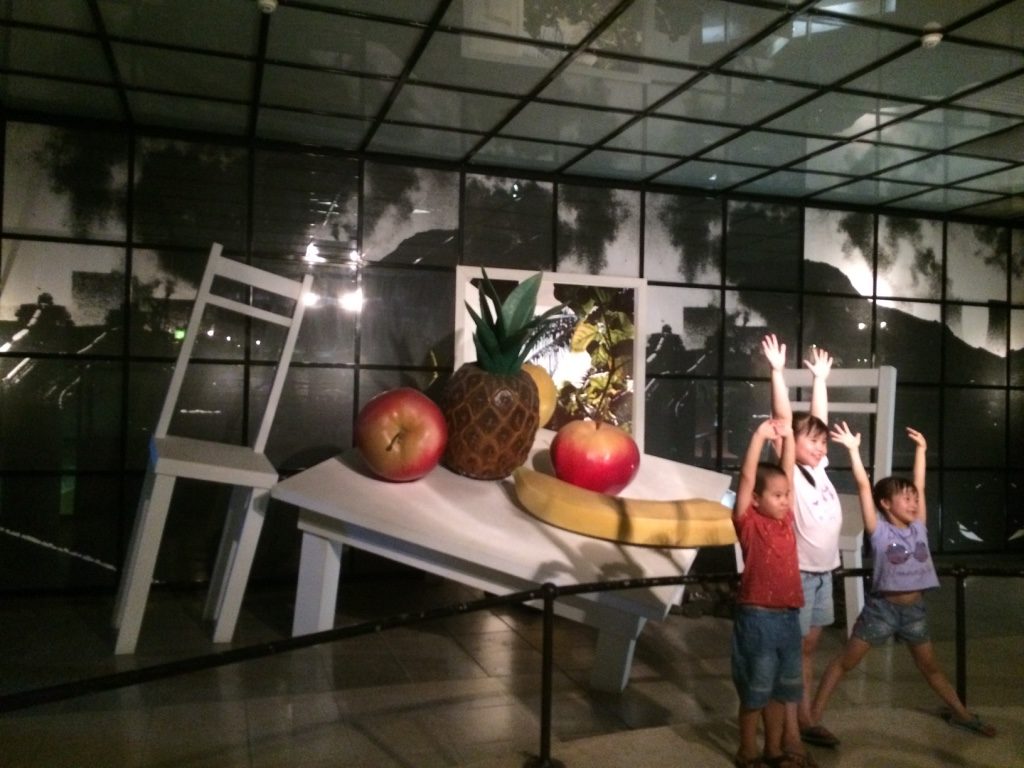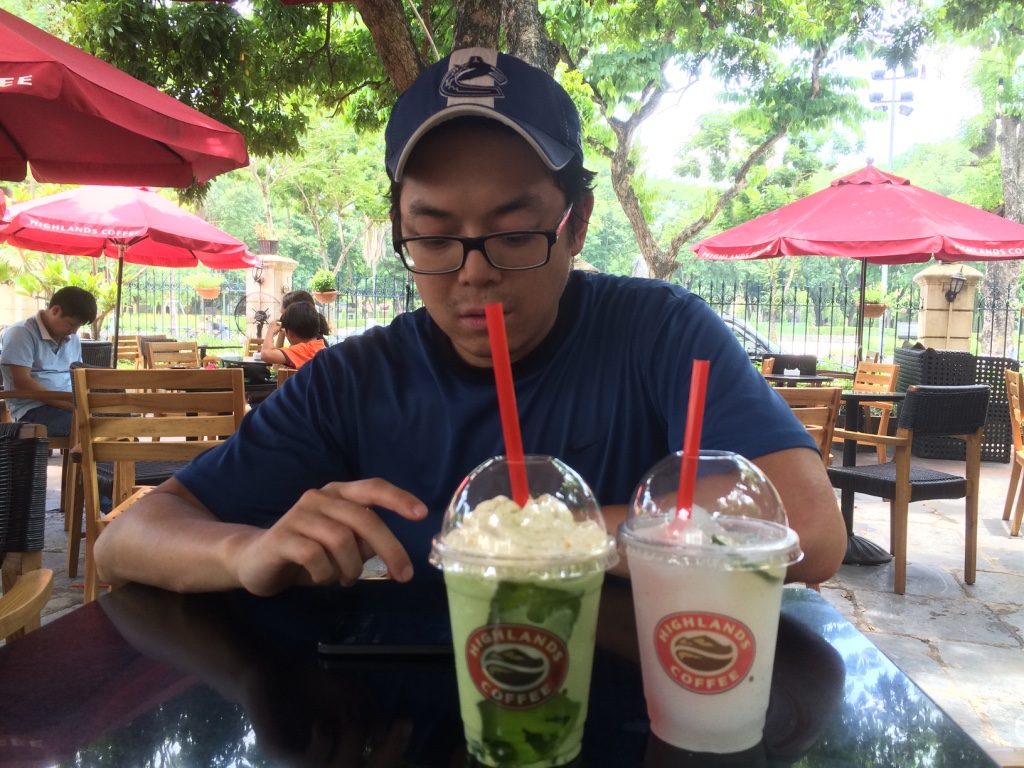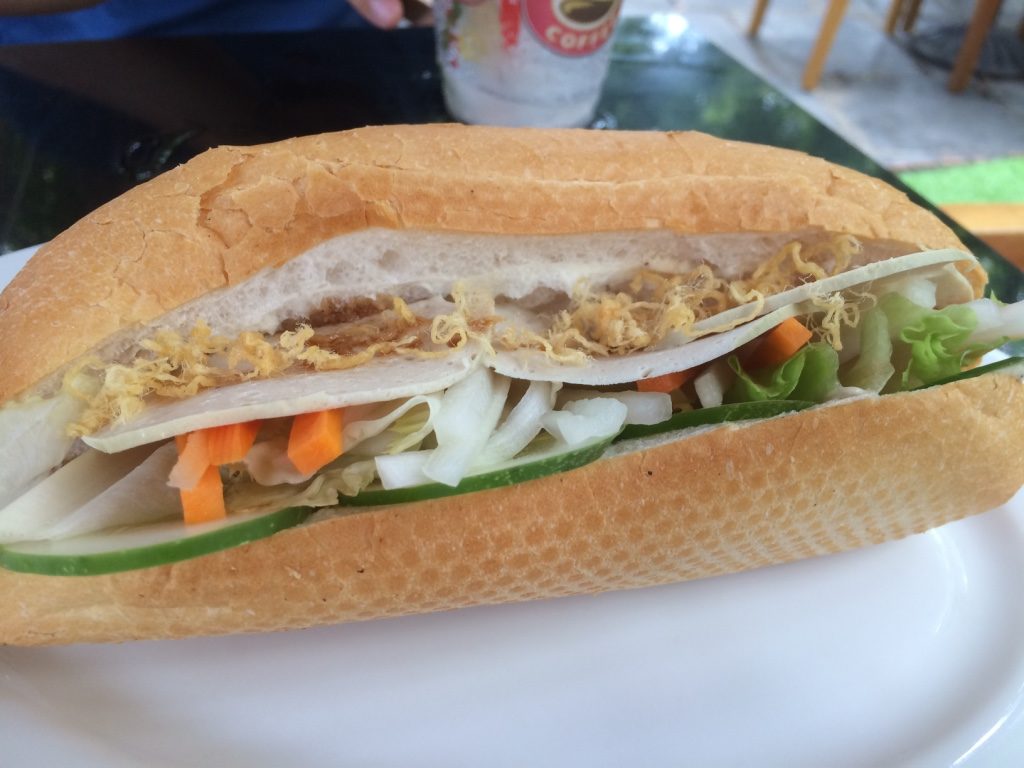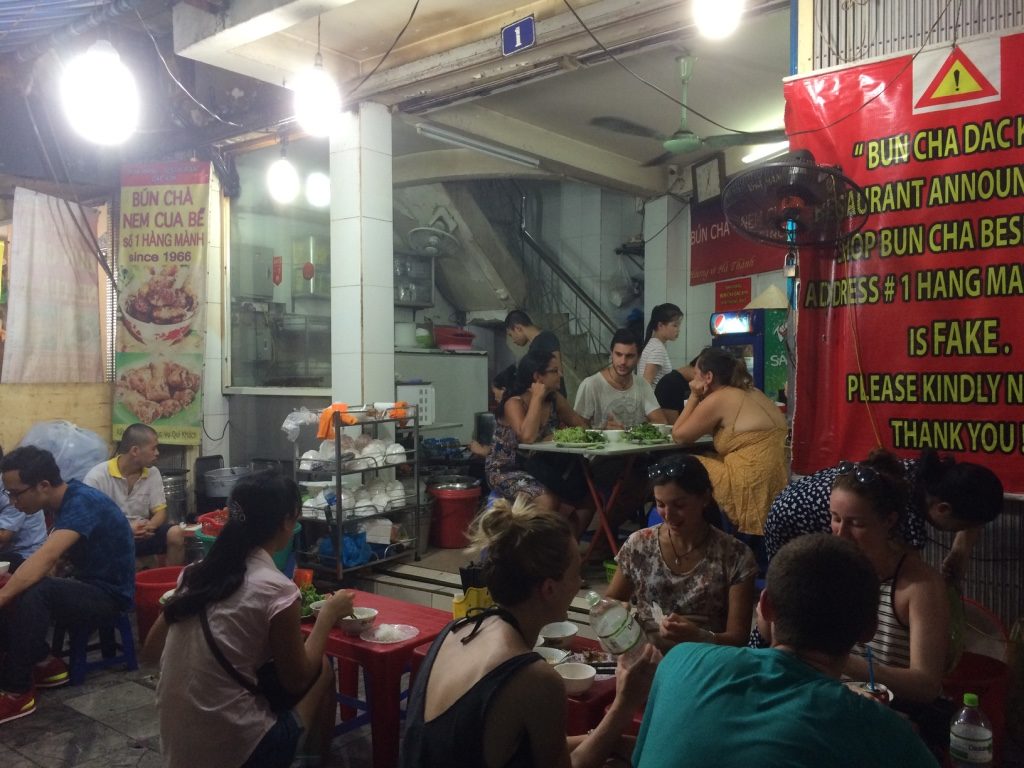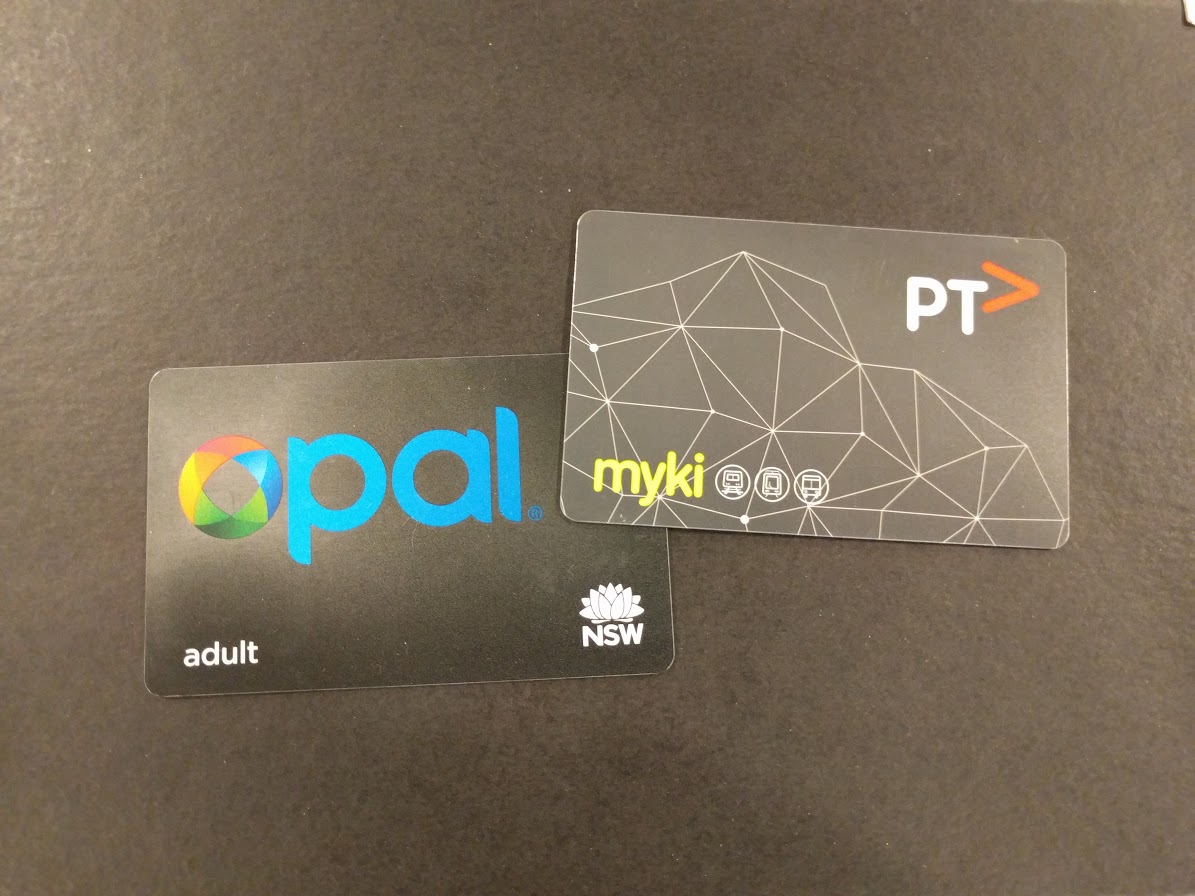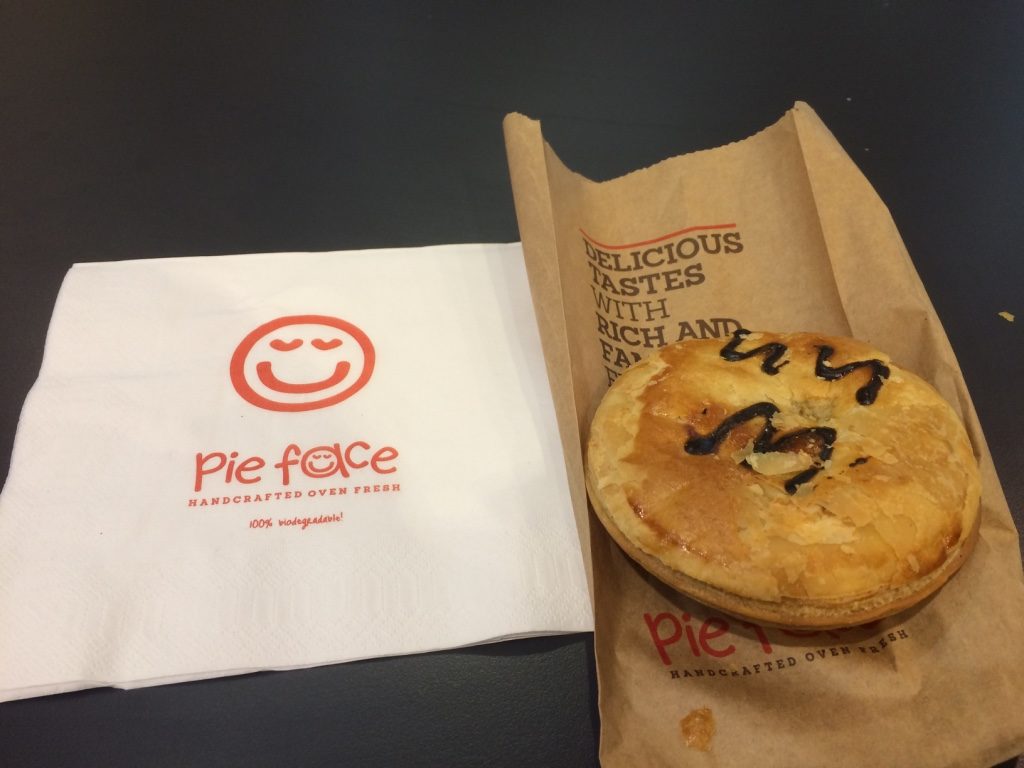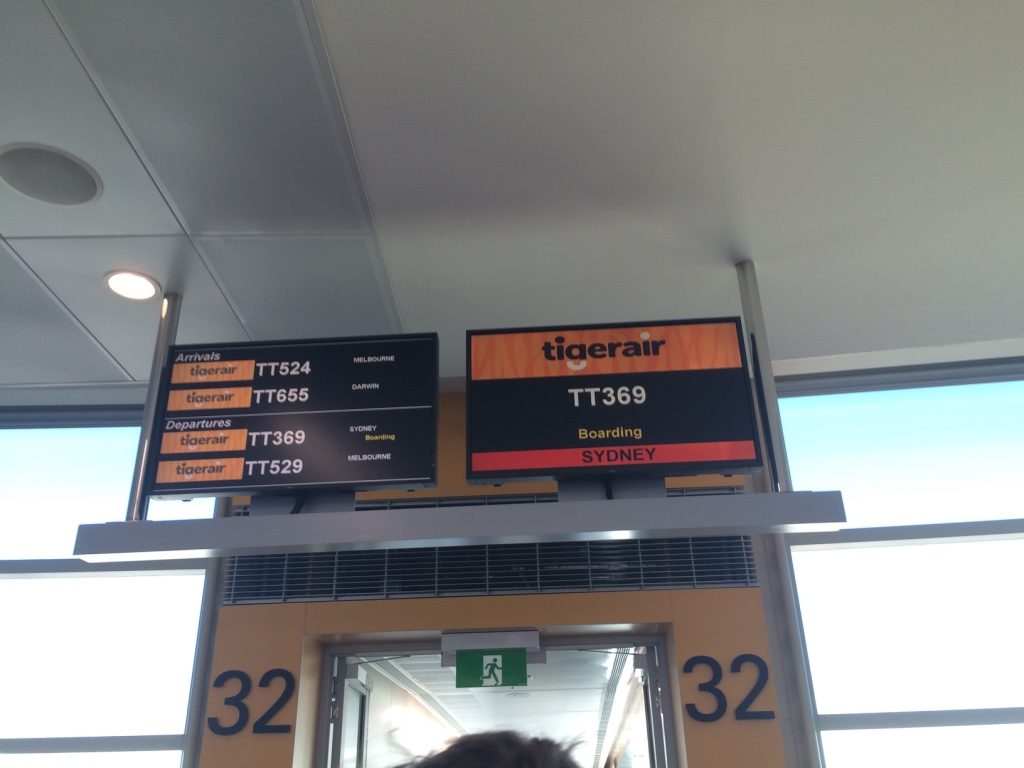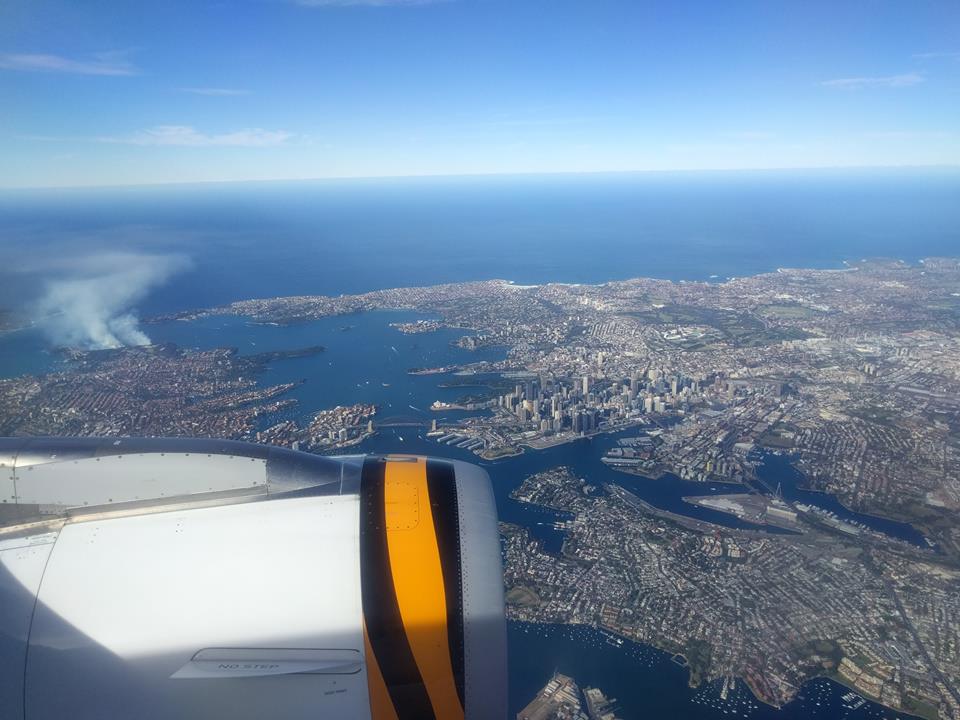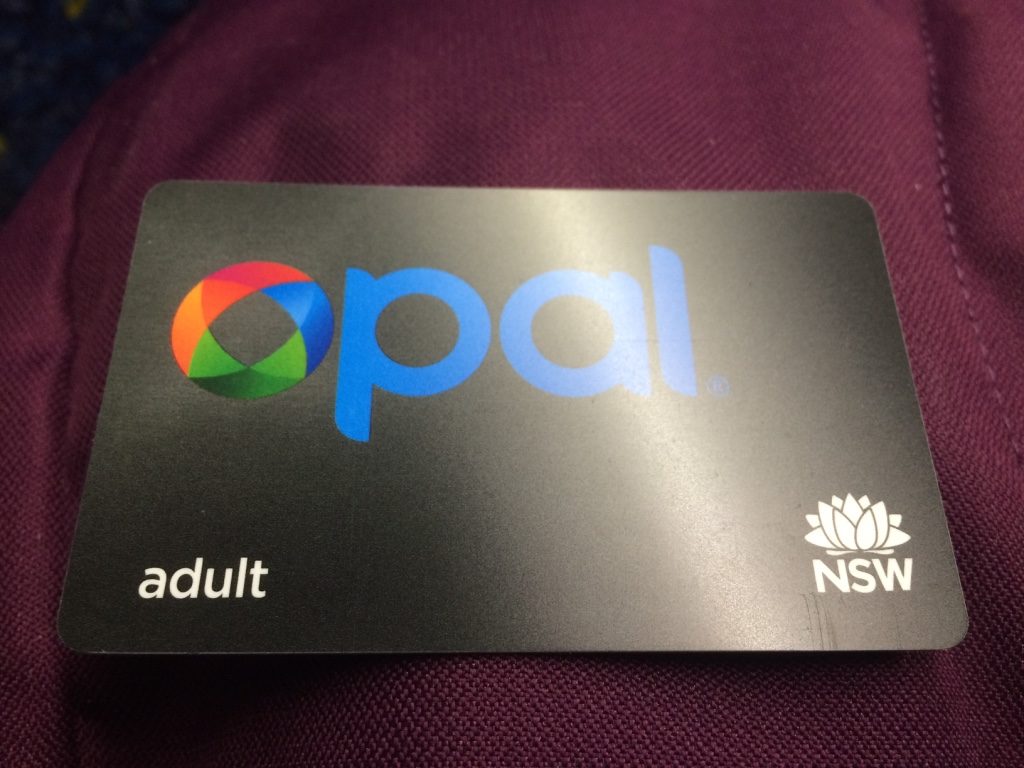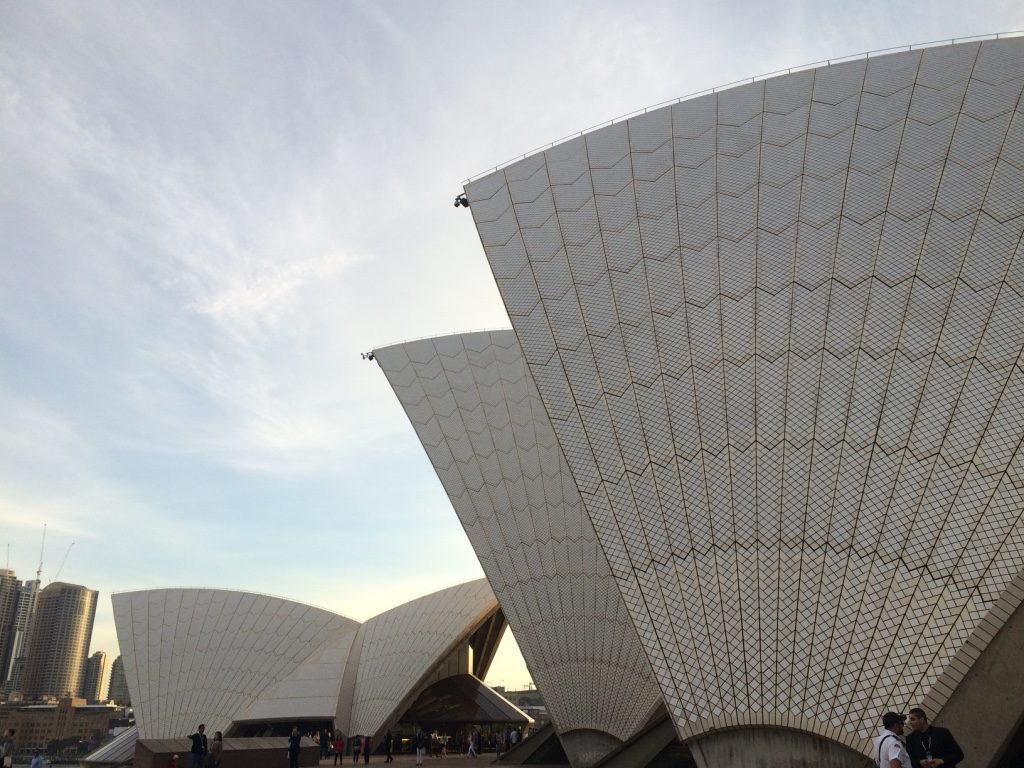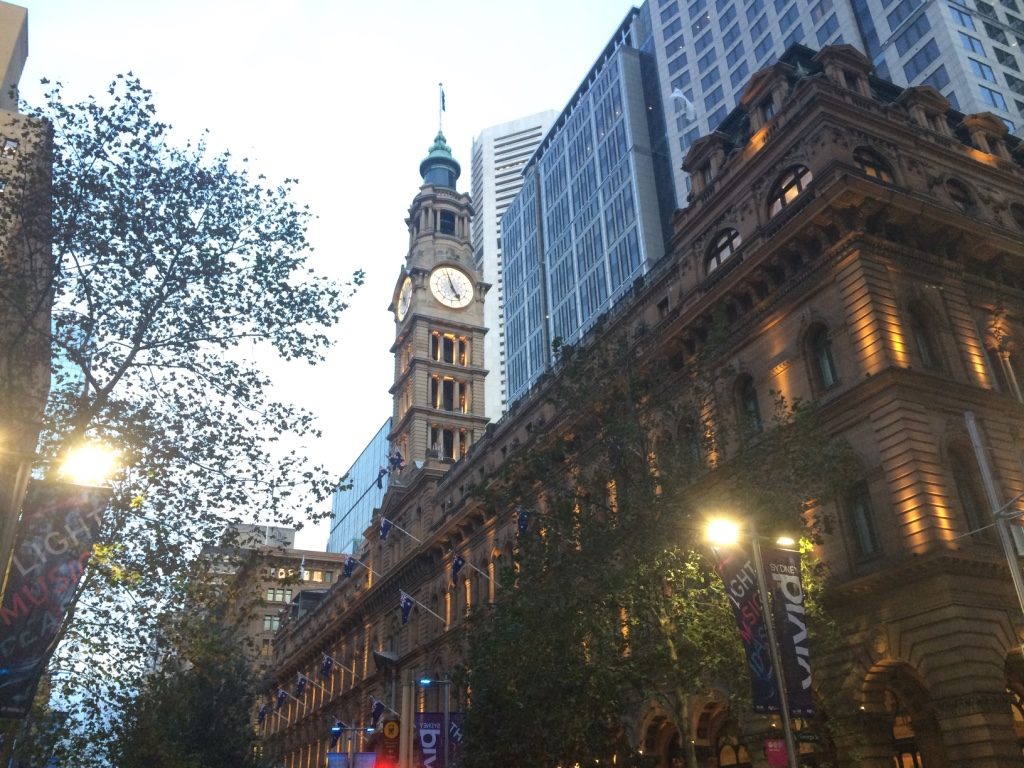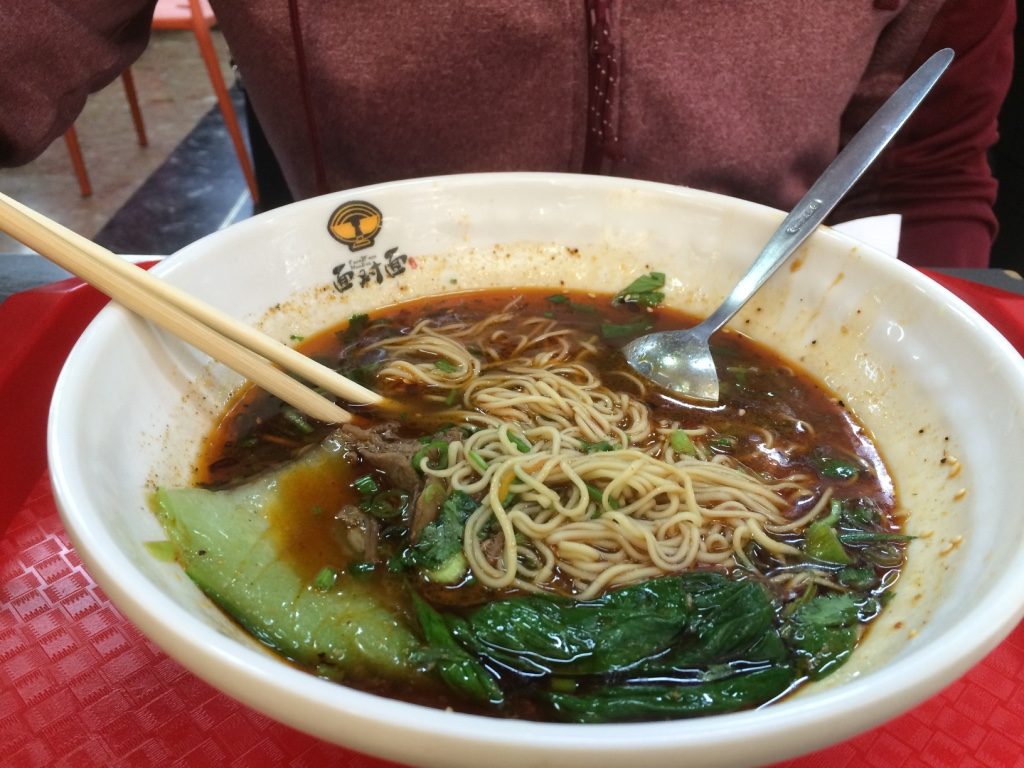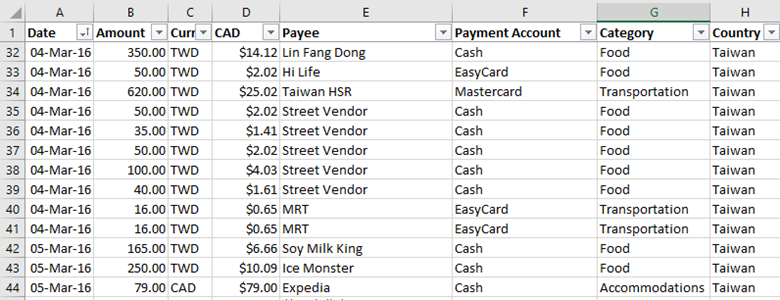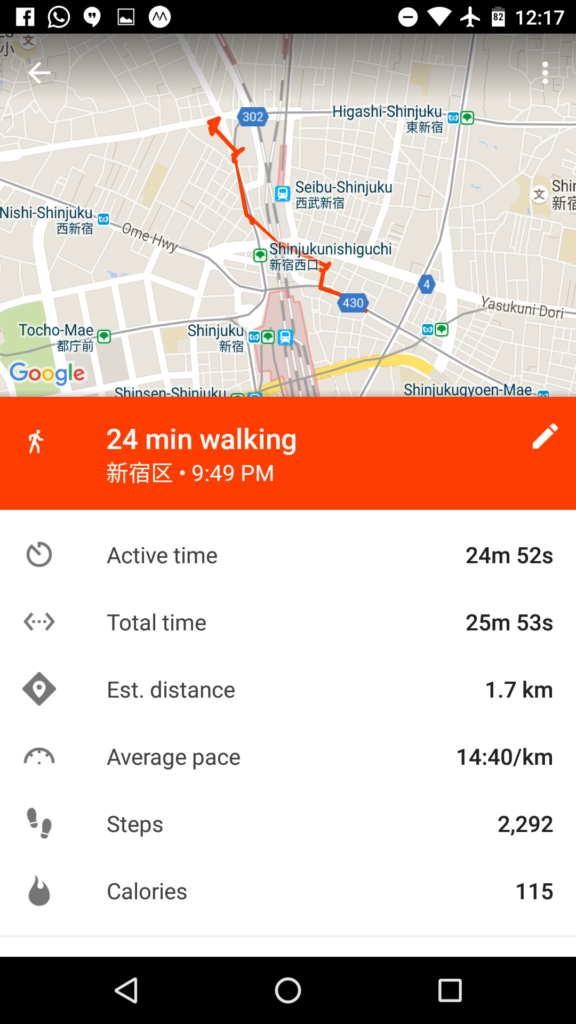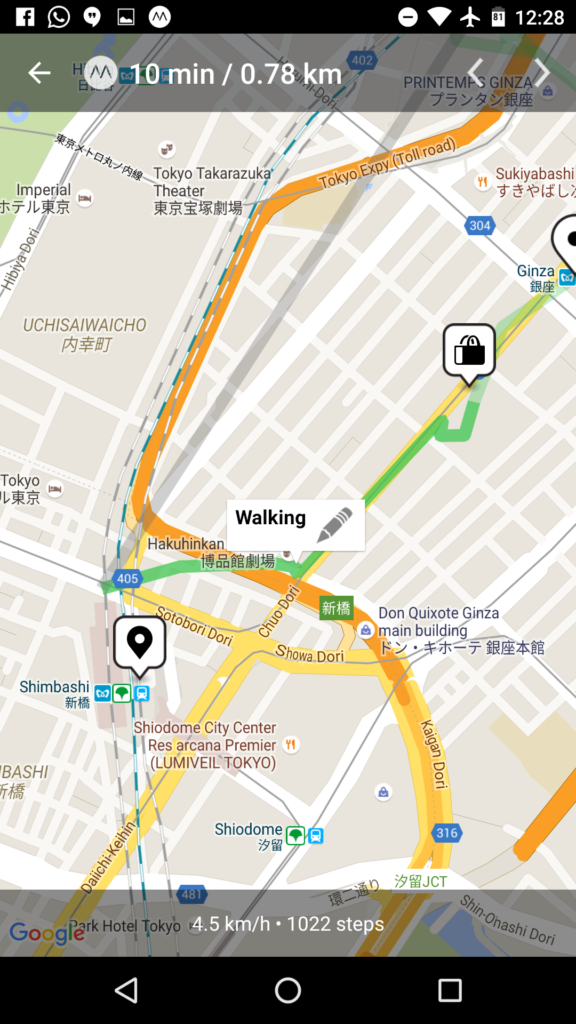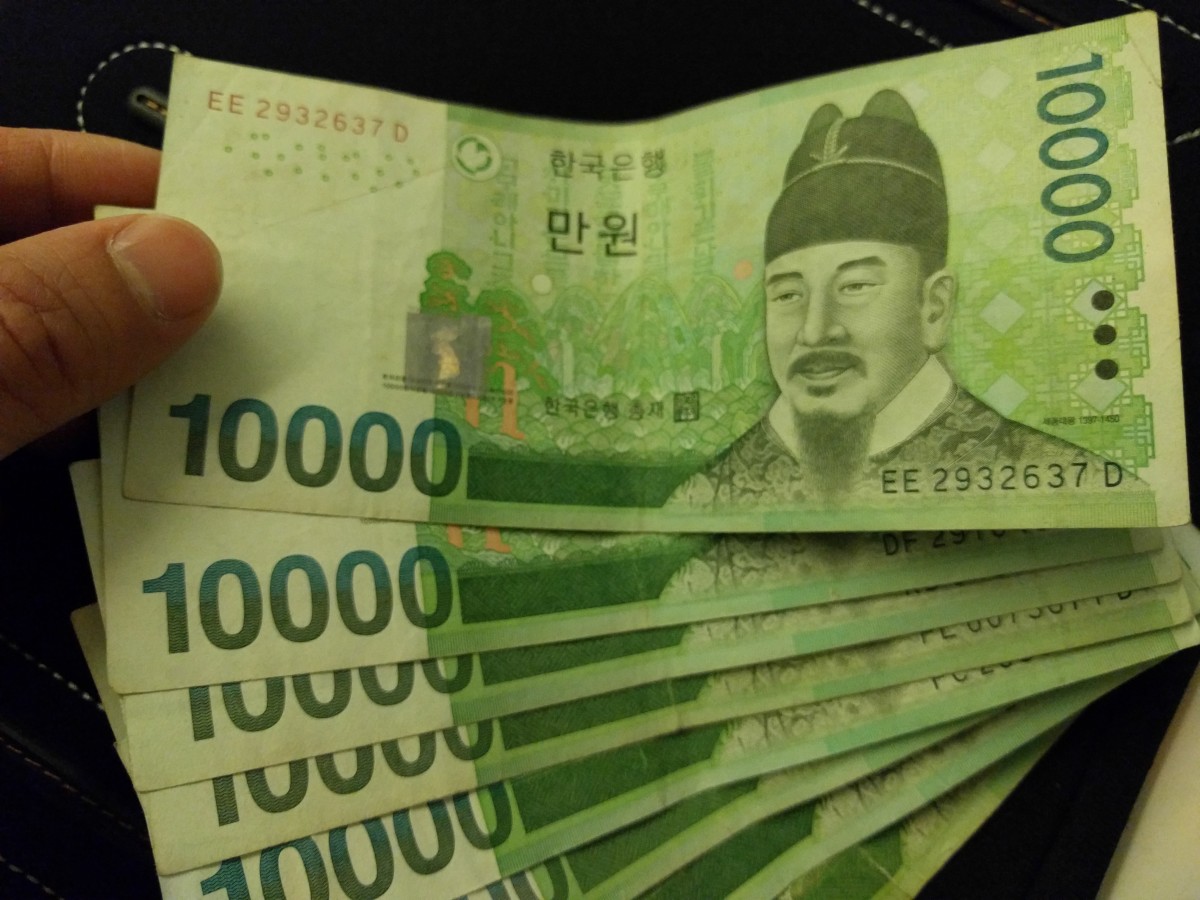June 27, 2016
Today was our only full day in Vientiane, and we got off to a late start after spending the morning doing some trip planning with the mostly reliable internet at the hotel. There was one particular site I wanted to see in Vientiane, called the COPE Visitor Center, which was about a 20 minute walk from our hotel. We didn’t have any other plans for the day, so we started our day heading in that direction.
For lunch, we stopped by a sandwich stand which we had read online. They’re supposed to be known for their bread and pate, so we ordered two “Pork and Pate” sandwiches. It was just a stand with no particular place to sit and eat. We crossed the street to a convenience store so we could buy a drink and we ended up eating on the sidewalk.


The sandwiches themselves weren’t quite what we expected. I couldn’t taste much pate but I still really enjoyed it. The baguettes are different in Laos compared to the ones in Vietnam. They’re longer and narrower, and the outside of the break isn’t as stiff and crisp (Kait: they’re more like actual French baguettes). The sandwich were also a lot saucier than the banh mis we had in Vietnam.

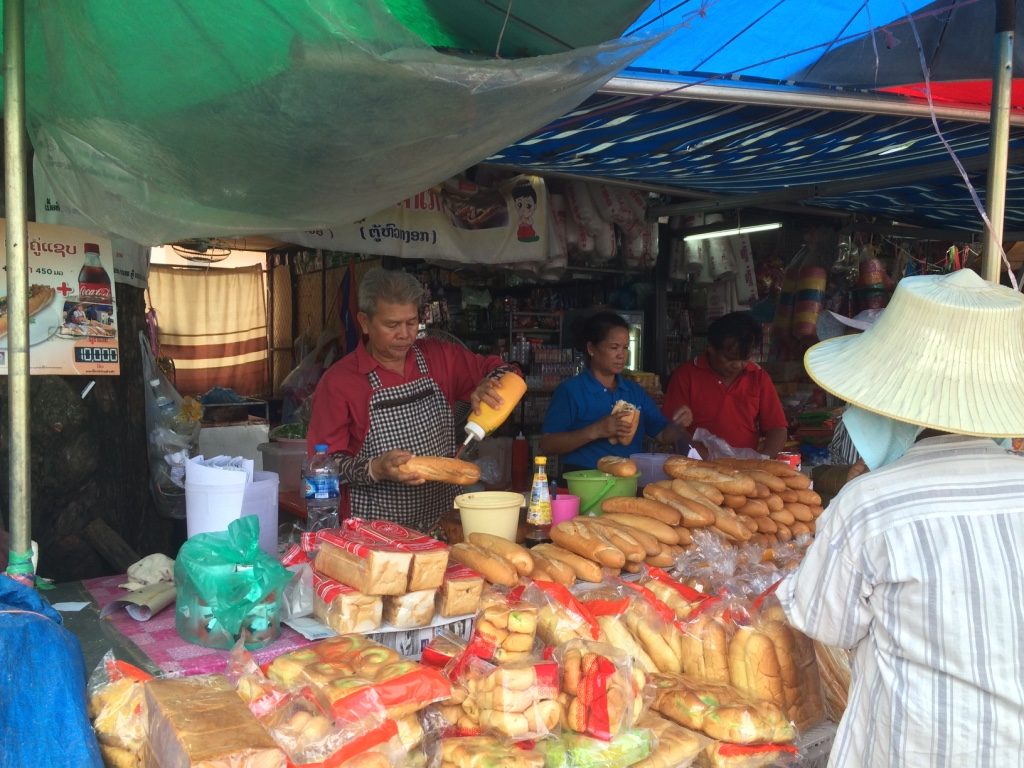
COPE stands for Co-operative Orthotic & Prosthetic Enterprise, and they are the main source of artificial limbs, walking aids, and wheelchairs in Laos. The visitor center was located at COPE’s National Rehabilitation Center. Why are artificial limbs significant to Laos and why was the visitor center the only place I really wanted to visit in Vientiane? Well, Laos has the not so great distinction of being the most heavily bombed country in the world. During the Vietnam War, the United States dropped more bombs in Laos than all the bombs dropped on Europe during WWII. Over 260-270 million cluster bombs were dropped and approximately one third of those failed to explode. So Laos is littered with Unexploded Ordnances (or UXOs) which to this day continue to maim and kill people every year.
COPE’s visitor center covers some of the history of bombing in Laos along with information about the current efforts to clear UXOs across the country. There’s also a lot of information regarding COPE’s work with providing artificial limbs and providing rehabilitation and physiotherapy to those disabled.

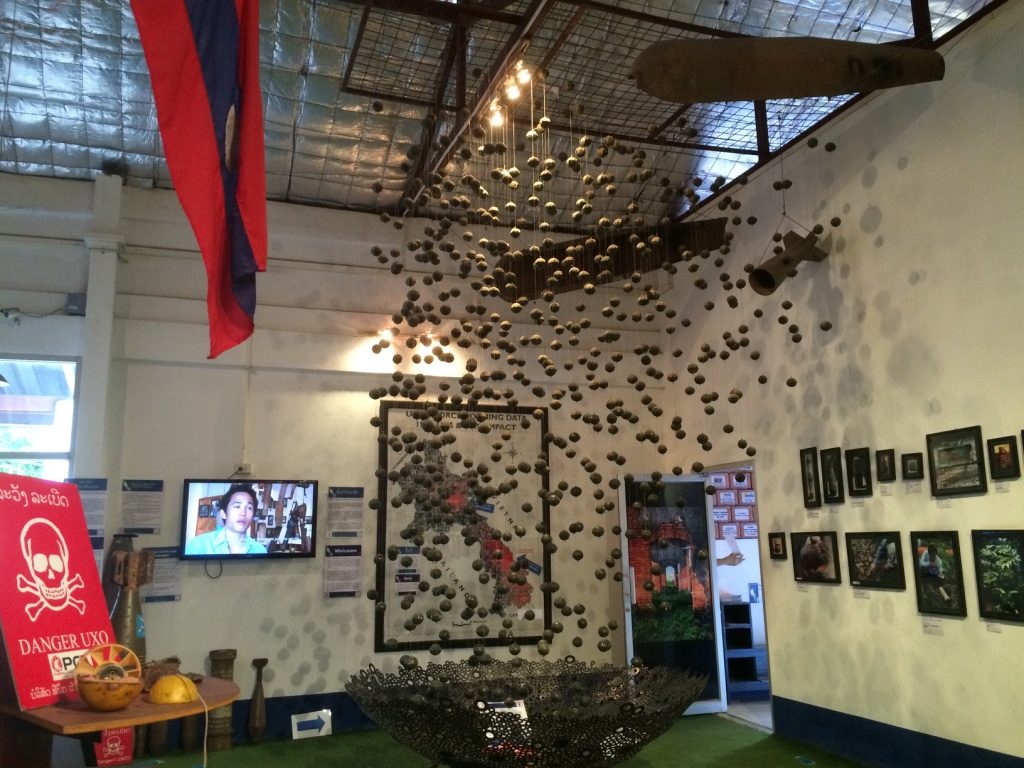

For me, the main reason I wanted to go was because I saw it as an opportunity to learn a bit more about some history in Laos, and also see how that history continues to impact the country today. That history is the reason Laos needs organizations like COPE. However, it was interesting for me to see that they also provide artificial limbs and rehabilitation services to people disabled through other means. One display noted that more and more people are wearing helmets on their motorbikes in Laos now, so more people are surviving accidents with disabilities (rather than dying had they not worn a helmet).
(Kait: We watched a 45 minute documentary about an Australian man who moved to Laos to help train and disarm bombs all over the country. I admire people who risk their lives each day to help a country that isn’t theirs. It was also heartbreaking to see the kids in the documentary who find these bombs while playing in the countryside. It was also frustrating to hear them speak about how much money they could get for the metal. They seemed relieved that bombs were being removed from their village but at the same time they were upset that they couldn’t sell the metal for 1,000 kip, which is less than 20 cents! I’m glad that Laos is receiving more funding from the American government to help get rid of all the bombs they dropped over 30 years ago. Like the documentary said, it’s basically a race against time to try to remove them before little kids and villagers accidentally find them. I was also shocked at the sheer volume of bombs that were dropped. Imagine bombs being dropped over and around you every 8 minutes for 24 hours a day, for 9 years.)
After the COPE Visitor Center, we went to a nearby mall and found a movie theatre. We checked the times and decided we would come back to catch a 7:10 showing of “Finding Dory” after we grabbed a bite to eat. We made our way to the river front near the night market we visited yesterday. We settled on a street food stall that had a spicy duck dish (Kait: it’s duck larb) we wanted to try. We got that and a Pad Thai (which seemed pretty common in Vientiane). The spicy duck larb was a bit spicier than we expected so we had to go through a smoothie and two drinks from the convenience store nearby to keep mouths from burning up.


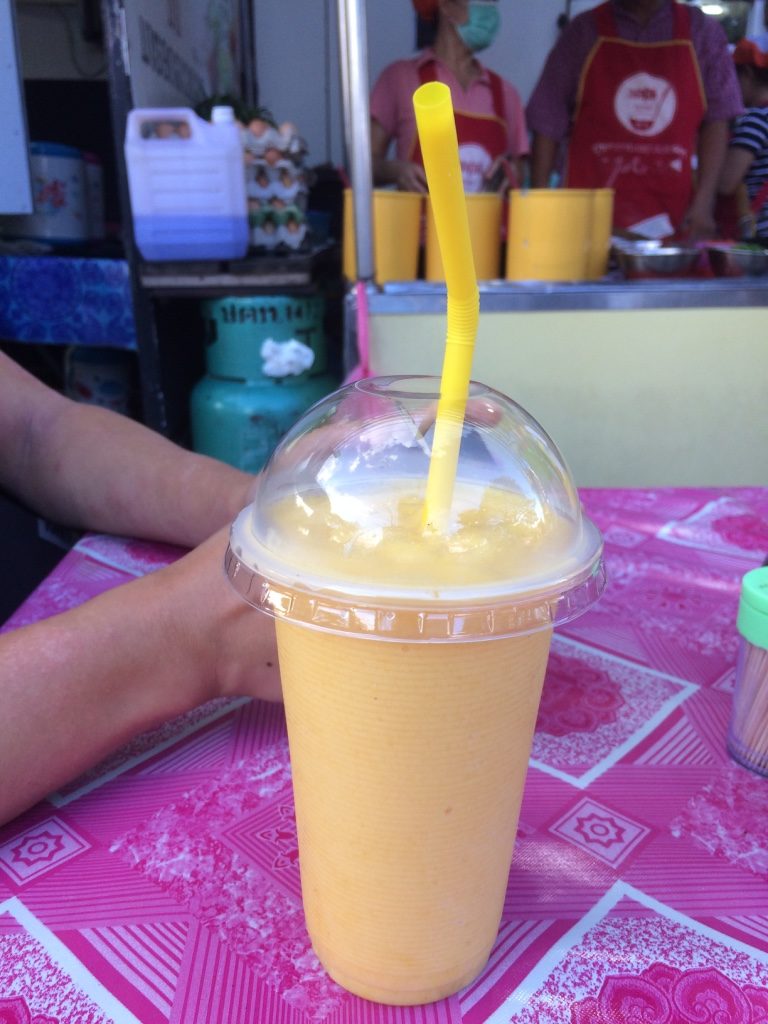



After dinner, we made our way back to the mall and ended our day watching Finding Dory. It turned out to really fit our day as I thought Finding Dory was about living with a disability. Looking back on our day, it was easy to think about how fortunate we were… to be born and raised in Canada (where we don’t have to worry about UXOs), to have our health (both physically and mentally), and just to be doing what we’re doing. It was a good reminder how lucky we’ve been and not to take things for granted.
Steps Today: 17,000







